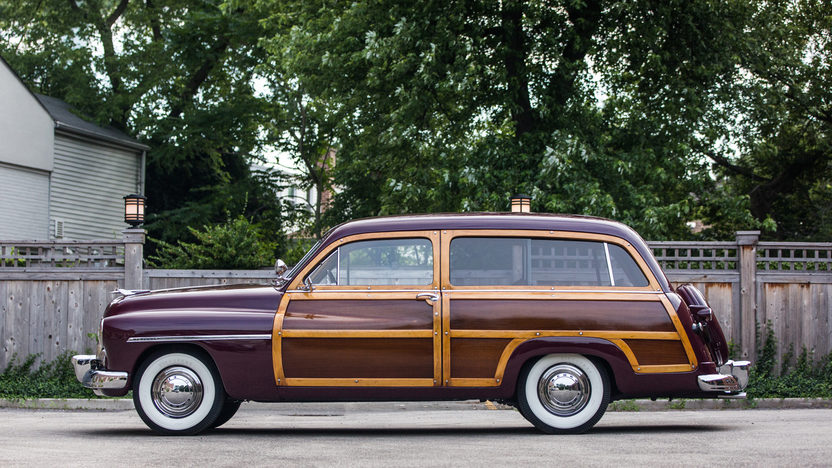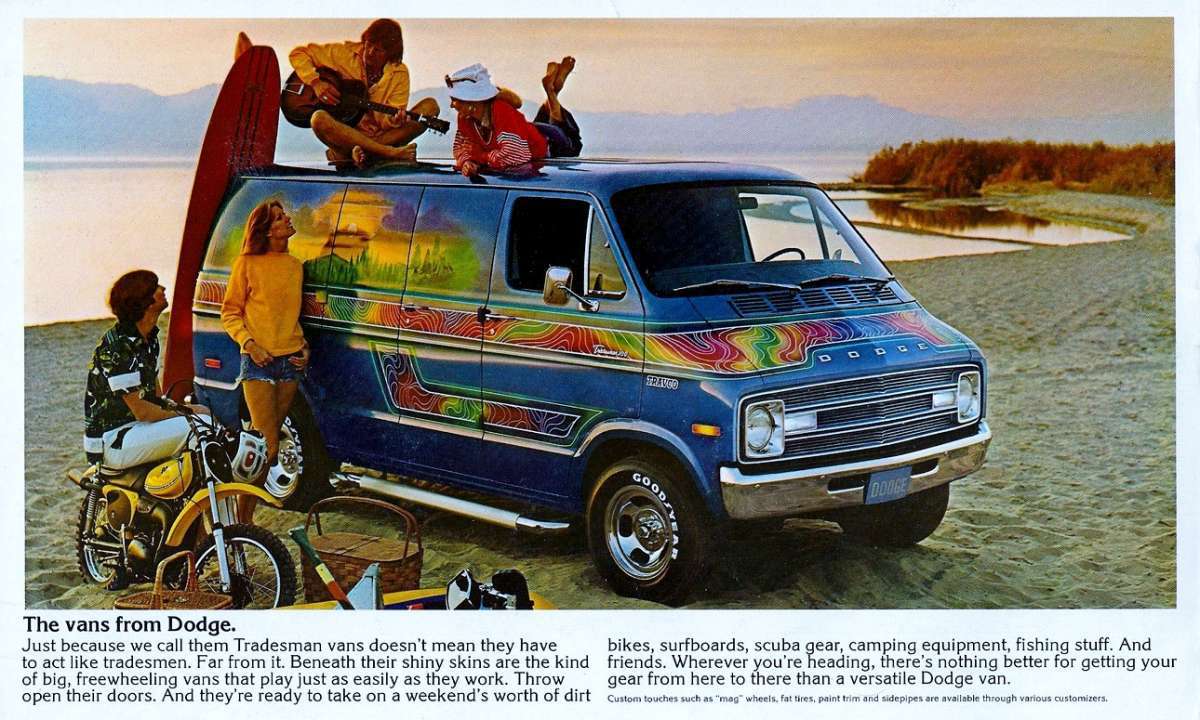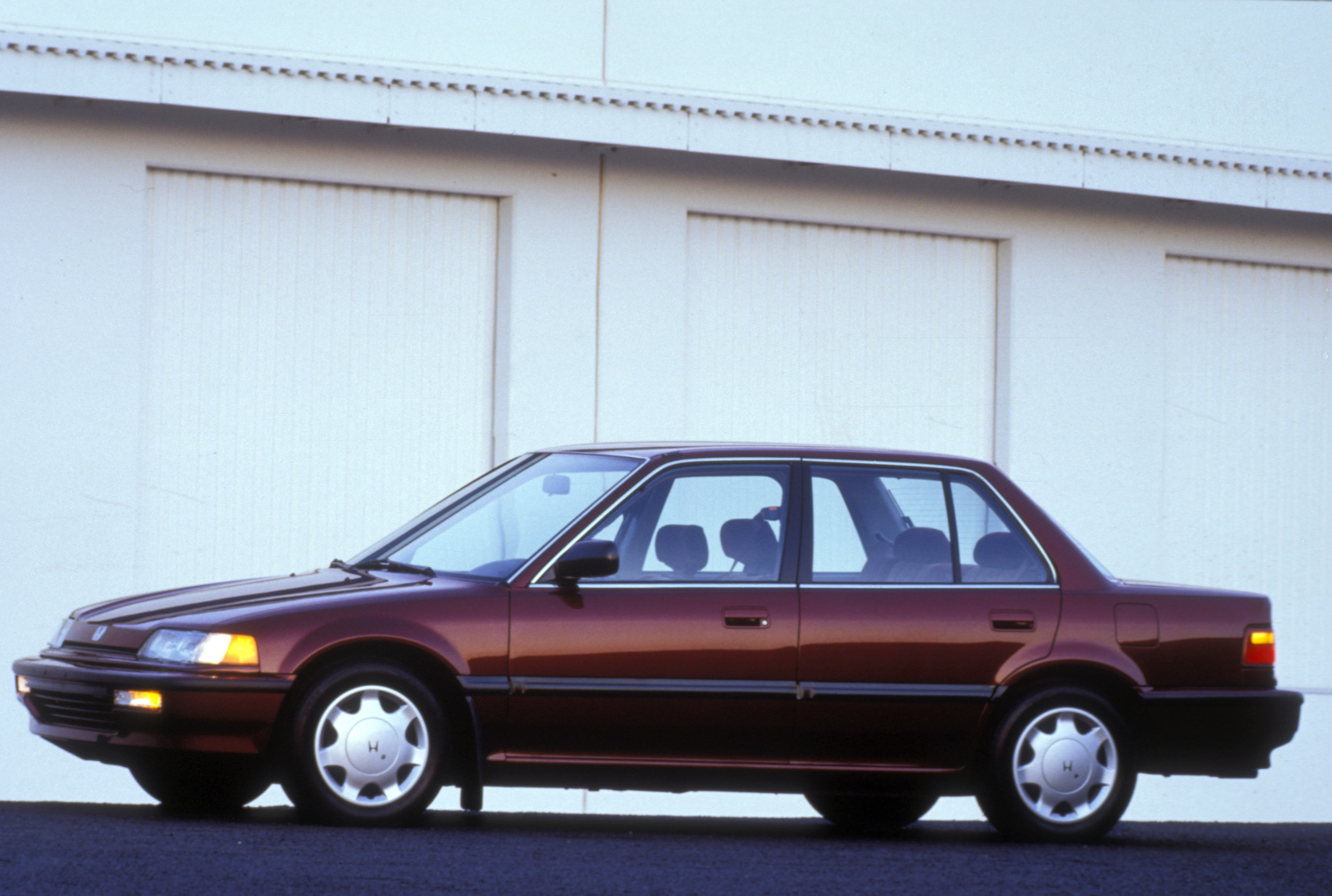Catch a wave with these 11 classic surf cars
As we learned from watching Apocalypse Now, Charlie don’t surf. But neither do most Americans, more than half of whom live too far from any coastline to participate in the sport of Hawaiian kings. But for those of us lucky enough to be within striking distance of the beach, there are a handful of cars and trucks that make great surf-mobiles.
Ever since surfers have had cars, most of the best ones have been—above all other things—dirt cheap. After all, if you’re working extra hours to pay for a nice car, that’s time you could have spent at the beach surfing, exercising in preparation for surfing, or sitting on the sand, staring listlessly at the flat, waveless water stretching off to the horizon and dreaming about surfing.
Here are our favorite surf cars:
Beat-up early-1950s Chevrolet sedan
The rusty, dented sedan is the perennial surf car, regardless of year. Why? Because when the more practical wagons and vans have been rendered useless by years of intensive use by families, construction workers, and illegal taxi services, there are still usually plenty of old sedans left to go around—cheap. And there always have been. If you were Miki Dora or one of the other 1960s surf icons, you’d probably have bought a beat-up late-1940s/early-’50s Ford or Chevy, ripped out the back seat, and jammed your boards into the car through the rough approximation of what today would be called a pass-through. Dora’s car was his base of operations. Along with his board, he is said to have kept a set of evening clothes in his car so that, after leaving the beach, he could slip unnoticed into Malibu society parties, ostensibly make off with the contents of rich ladies’ purses while they sipped cocktails in a more populated room of whatever mansion he was plundering. Dora was also known for racing beater sedans along the North Shore of Oahu.
Rotted-out, late-’40s Mercury woody wagon

Those car shows featuring pristine woody wagons are pure fantasy, the latter day creation of old guys who made money and decided to freshen up the woody wagon image (complete with Hawaiian shirts and Ray Bans). Back in the 1950s and ’60s, when surfers actually drove them, woody wagons were cheap because nobody wanted them. If you could buy a half-rotten woody for $50 from one of your parents’ neighbors, you’d have a set of wheels with plenty of space for friends, boards, and—for those all-night beach ragers—multiple cases of cheap beer. If you decided to travel and didn’t have money to shell out for a motel or campground, you could sleep in the car with your boards, right next to the beach. Thinking about restoring a woody? Be a rebel. Drive one like it was meant to be driven, with rotten wood and rusty sheet metal.
Pimped-out mid-’70s Dodge Van

The shortboard pioneers who emerged in the late 1960s and early ’70s made the longboards of Gidget fame instantly obsolete. But like their forebears, they preferred sleeping in their cars to spending money on lodging. Of course, having a few extra bucks to spruce up the interior, you could buy an “If You See This Van A-Rockin’, Don’t Come A-Knockin’” sticker for the rear bumper and add floor-to-ceiling shag carpeting (preferably in a rich earth tone), a huge bed, and few ’70s-Baroque trim accessories to make a van perfect. And with the side door slid open in a beach parking lot, these vans become de facto beach party headquarters, in addition to mobile board storage shed and free motel.
Late-’60s Jaguar E-Type

Although not the most practical surf car, a classic Jag would certainly make a statement at the beach. That must have been what Mike Hynson, the blonde kid from The Endless Summer—was going for when he mounted surf racks on his Jaguar, undoubtedly to go along with his flashy clothes and slicked-back hair. Someone on Madison Avenue must have glimpsed him cruising around La Jolla, Calif., in his surfboard-topped Jag, because a Porsche ad from the early ’70s featured a 914, parked on the beach, a surfboard mounted on its rear deck…sideways (not a good idea).
Early ’80s GMC Suburban

As waves at U.S. beaches got more crowded throughout the 1970s, ’80s and ’90s, surfers in search of solitude and waves uncluttered by humans hit the road. When the need for such a journey arises, the farther you can get from other people, the better. In theory, rough roads mean fewer surfers, and a huge 4×4 Suburban is the best way to get yourself, your boards, and whatever camping gear you need for the journey down miles of bad road. The long wheelbase translates to a smooth ride on the highway, and its pickup truck underpinnings can take massive amounts of abuse. Kitted out with a set of BFGoodrich All Terrain tires, they also look cool.
Mid-’60s Volkswagen Bus

No surf car list would be complete without Jeff Spicoli’s Ridgemont High School cruiser. Grab your bong (for tobacco use only, of course), load the boards, and camp out in the high school parking lot until it’s too dark out to surf (or until your afterschool detention with Mr. Hand wraps up). What VW Transporters lack in power—the air-cooled, flat four has to do a lot of work to get something as heavy as a van moving—they more than make up for in character. Some may believe saying such a thing is blasphemy, but if you can find one with a water-cooled Subaru engine already swapped in, you’ve just increased the odds that you can get to the beach before sundown.
’32 Ford Roadster

No ’50s/’60s-era beach scene is complete without an old-school hot rod. When I was a kid, my grandfather gave me an old Ray Anthony record called Campus Rumpus that had a line drawing of high schoolers piling into fenderless hot rods outside the Friday night dance. I imagined that’s what all teenagers drove when Eisenhower was president. So fire up your jalopy, jam your period-correct longboard into the rumble seat (or, if you’re not a kook, fabricate some overhead bars so that you can tie the board to the “roof”), and let those Lake pipes roar, Daddy-o.
Late-’40s Pontiac Hearse

No one wants to be associated with the stink of death, but surfing engenders a rebel spirit that is, for the most part, impervious to such inane public scrutiny. Besides, a coffin-ready interior is just the place to stash boards, wetsuits and, should you need them, many cases of cheap beer. A matte black paint job, a hot-rod motor, and drag slicks on the back wheels would both turn heads and get you to the beach quickly. If you’re worried about attracting the watchful eye of Johnny Law as you’re driving fast enough to raise the dead, keep flowers in the windows so that you can flip on the lights and slow down in front of a line of random cars when you need to. Nothing to see here, officer, just leading a funeral procession…to the beach.
1960 Fiat Jolly

These things cost a fortune new and even more now, but if you can afford one, a Fiat Jolly may be the ultimate beach car. There’s really no place to stash boards, but on a flat day, you might just want to drive around a beach town in search of idyllic cocktail bars anyway. Better grab your linen golf pants, guayabera and trilby while you’re at it, because that getup, in concert with the Jolly’s merrily striped awning, will tell the world you’ve come to chill.
1957 Chevrolet Sedan Delivery

Ya know, ’57 Chevy coupes are for posers. If you’re serious about your surfing—which means you’ll gravitate toward the board storage/free motel/beach party pad model of car ownership. The sedan delivery version of a Tri-Five is the only way to go. All the styling cues are still there—big tail fins, jet age grille, wraparound windshield—but you have the benefit of a cavernous cargo area. Back when most surfers could actually afford these things (they’ve gotten quite rare), a typical example would likely have been covered with dull paint, dents and scratches, with the faded logo of some defunct business still visible upon its sides.
Early ’90s Honda Civic

This car is not a classic and likely never will be (kidding, it probably will be someday). Nor will it score you any style points when you roll up at the beach, either with surfboards jammed through the opening created by the folding rear seat or secured to the roof with nylon straps. Still, they’re cheap to buy and you aren’t likely to get stranded in one of these cars, which is why tons of today’s surfers drive them. And that, my friends, brings us around full circle to the dented Ford and Chevy sedans of yesteryear, illustrating that the best surf car, after all, is the cheapest one that won’t break on the way to the beach.


